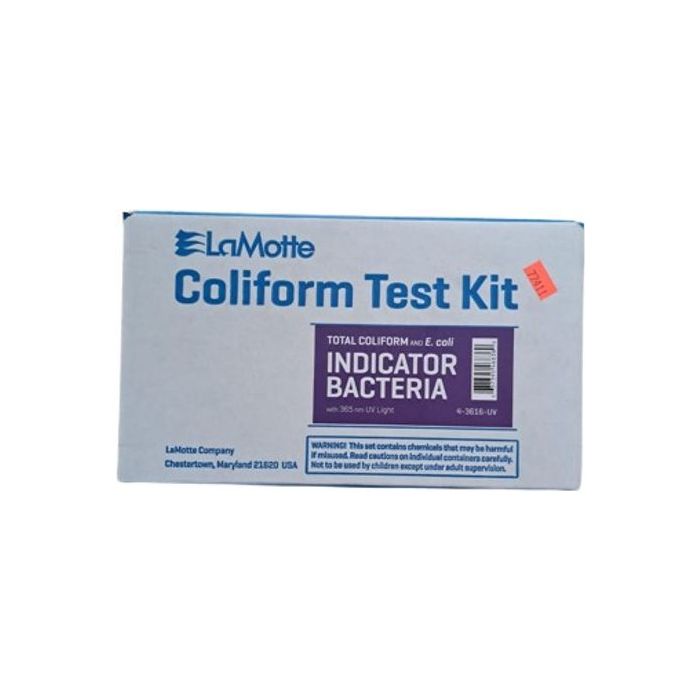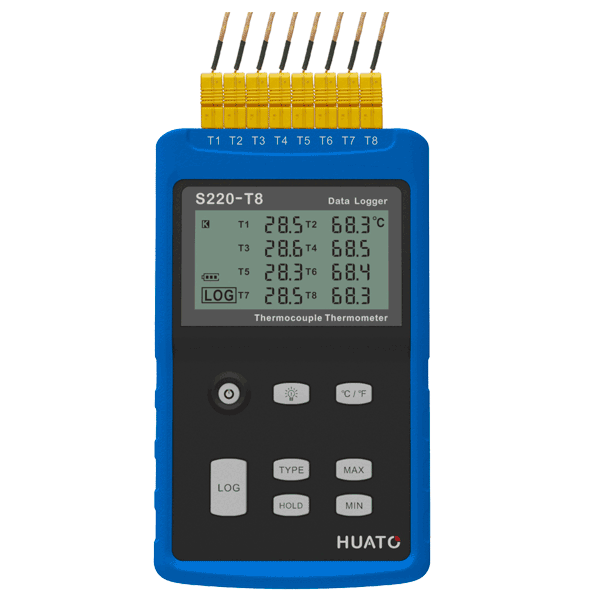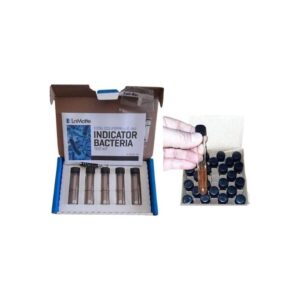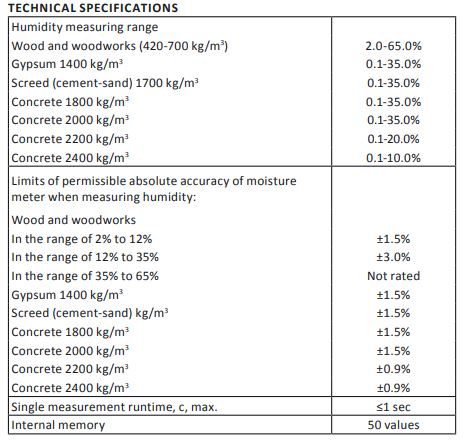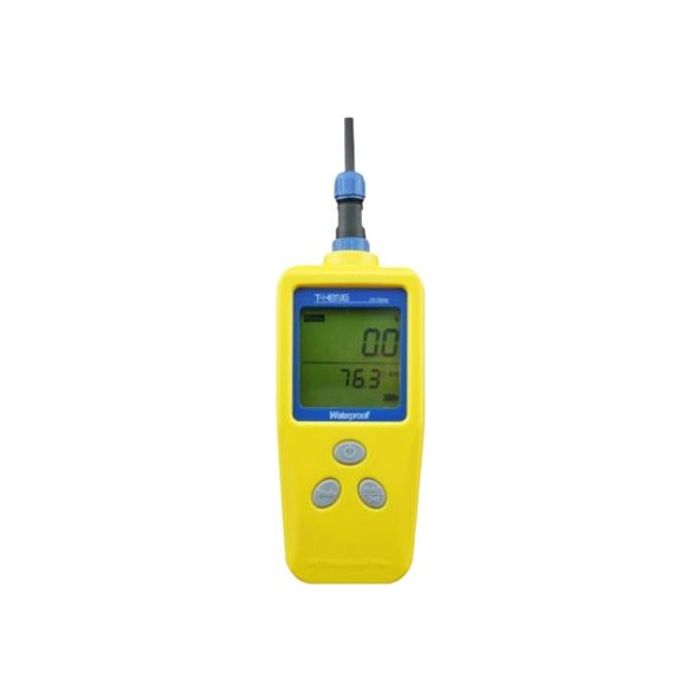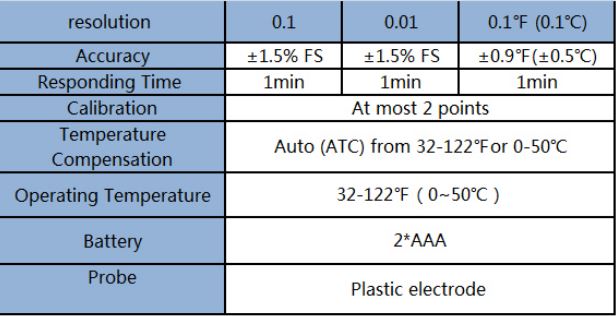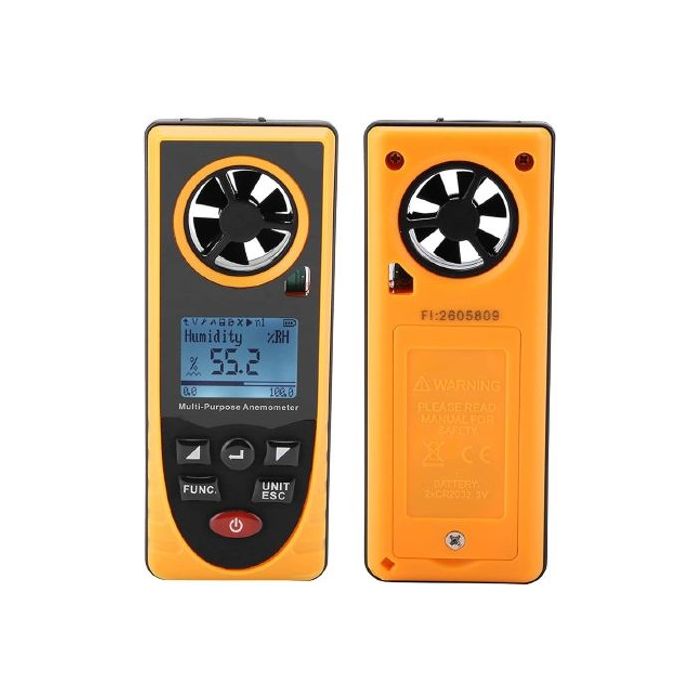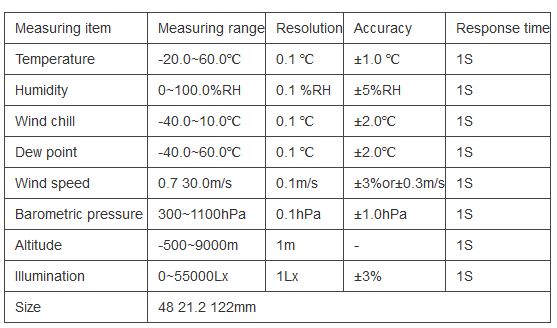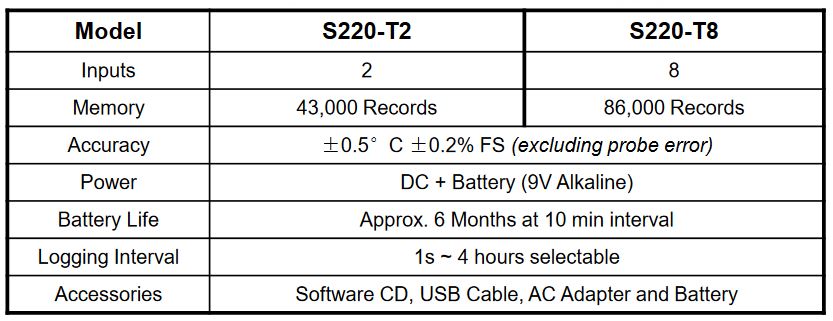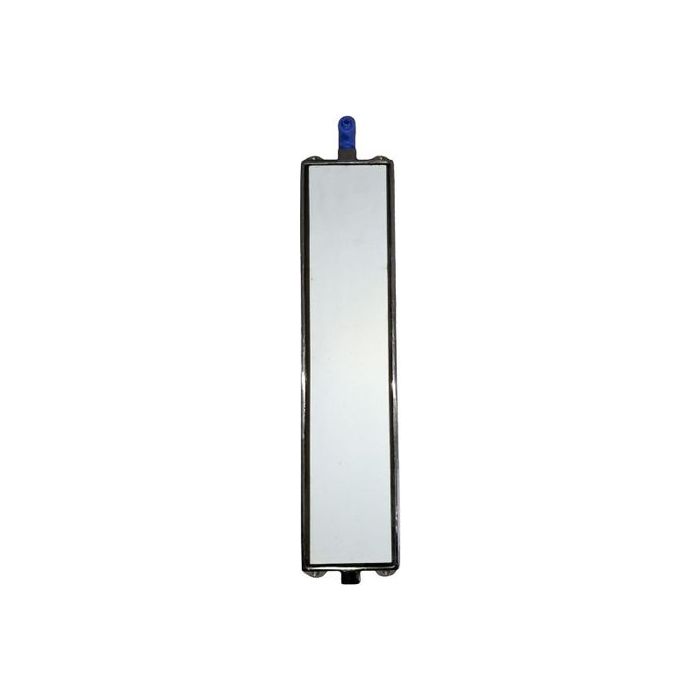Coliform & E. coli 5 test kit
R1,350.00 Excl. VAT
5 test Coliform and Escherichia coli kit for presence/absence.
- Description
- Additional information
- Product manual
Description
The 5 test Coliform and Escherichia coli kit 4-3616-UV
No incubation equipment is required, and results are available in 44 to 48 hours at room temperature (24 hours if warm). The kit includes five glass tubes, each containing one test tablet. Coliform bacteria activity is indicated by a color change and the formation of gas bubbles in the gel substance within the tube. The sample will have a fluorescent blue glow when exposed to UV light if E. coli is present (UV penlight included). A sterile water sampling bag with a dechlorinating tablet is also included for chlorine removal.
Additional information
| Weight | 1 kg |
|---|---|
| Dimensions | 30 × 25 × 6 cm |
Coliform and E. coli 3189_msds(1) MSDS safety data document.
Total coliform and E. coli manual. This pdf format document opens in a new page: 3188v_msds
Coliform screening instructions
Coliforms are a broad group of bacteria found throughout the environment. Coliform bacteria may be found in soil, on plants, and in water. While these organisms are not typically associated with serious illness themselves, they are often used as indicator organisms. The presence of coliforms may indicate a possible presence of other pathogenic (disease-causing) orgnaisms. Fecal coliforms are a subgroup of the larger general coliform category. The most well-known example of a fecal coliform is Escherichia coli, or E. coli, a coliform present in the intestinal tract and feces of warm-blooded animals. When high levels of general coliforms are present in water, it is most likely the source is environmental. Rainwater, for example, may wash these bacteria from the surface of plants or from the soil and eventually carry them to a water source. Again, while these organisms are for the most part harmless, a significant presence indicates that they may have travelled to a water source and therefore more harmful organisms may have the potential to travel by the same means as well. Fecal coliforms such as E. coli are not as a rule, found growing and reproducing in the environment. The presence of high levels fo fecal coliforms usually indicates a more specific source of contamination, for example the discharge of improperly treated sewage or runoff from agricultural lands on which manure has been applied. A high level of fecal coliforms in water suggests a greater risk of the presence of pathogenic organisms than does the presence of pathogenic organisms than does the presence of general coliforms.




